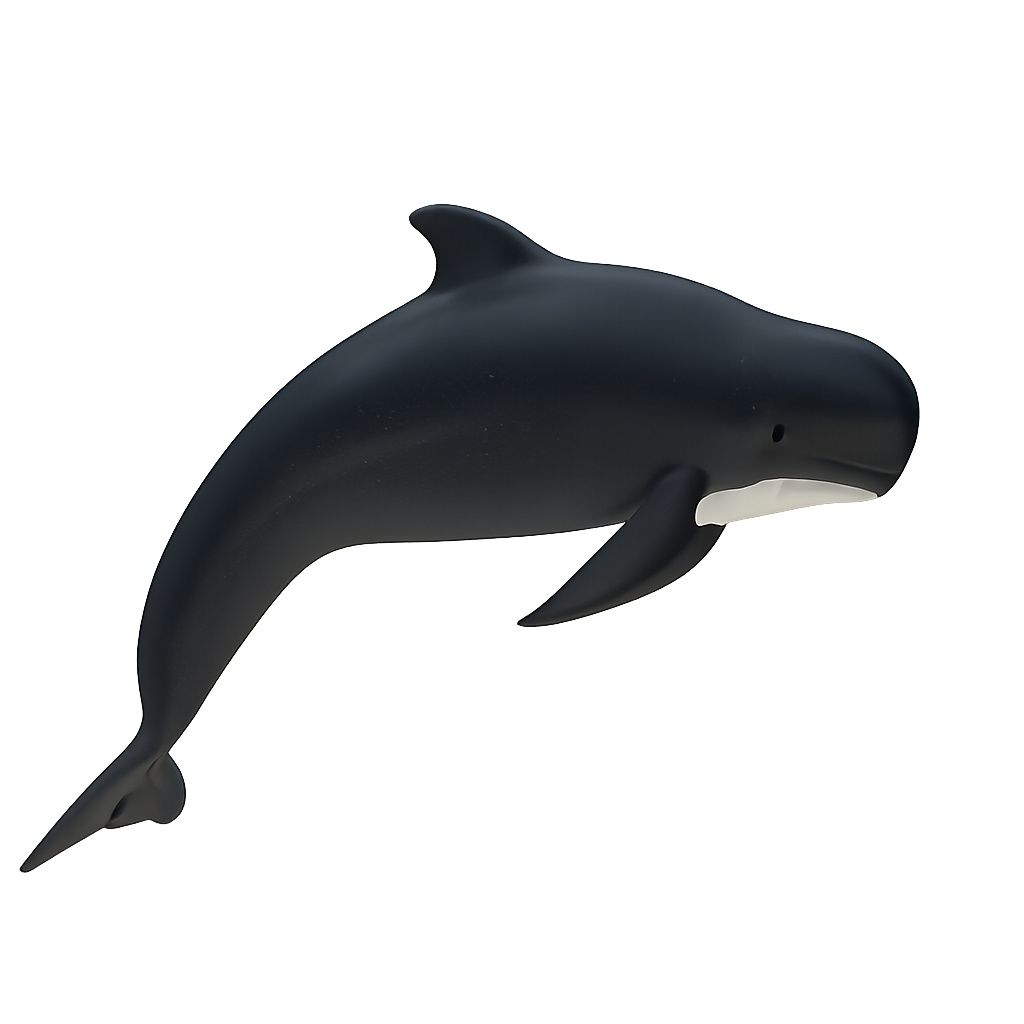Your wildlife photography guide.
Explore the long-finned pilot whale in detail, study its behavior, prepare your shots.
Where to observe and photograph the long-finned pilot whale in the wild
Learn where and when to spot the long-finned pilot whale in the wild, how to identify the species based on distinctive features, and what natural environments it inhabits. The WildlifePhotographer app offers tailored photography tips that reflect the long-finned pilot whale’s behavior, helping you capture better wildlife images. Explore the full species profile for key information including description, habitat, active periods, and approach techniques.
Long-finned pilot whale
Scientific name: Globicephala melas

IUCN Status: Least Concern
Family: DELPHINIDAE
Group: Marine mammals
Sensitivity to human approach: Not shy
Minimum approach distance: 100 m
Reproductive period: May to June
Duration: 12–16 mois
Births: May to June
Habitat:
Temperate to subantarctic coastal and oceanic waters
Activity period :
Activity varies depending on season, weather, or human pressure.
Identification and description:
The long-finned pilot whale is a large oceanic dolphin in the family Delphinidae, measuring 5–6 m in length and weighing up to 1 200 kg. It has a robust black body, bulbous head, and long pectoral fins. It inhabits temperate to subantarctic waters, feeding mainly on squid and fish, and forms matrilineal social pods.
Recommended lens:
400 mm – adjust based on distance, desired framing (portrait or habitat), and approach conditions.
Photography tips:
Approach slowly from a quiet vessel, maintain about 100 m distance, keep lens at water level and anticipate surface blows. Shoot at sunrise or sunset for raking light, using a fast shutter speed to freeze splashes.
The WildlifePhotographer App is coming soon!
Be the first to explore the best nature spots, track rutting seasons, log your observations, and observe more wildlife.
Already 1 432 wildlife lovers subscribed worldwide

